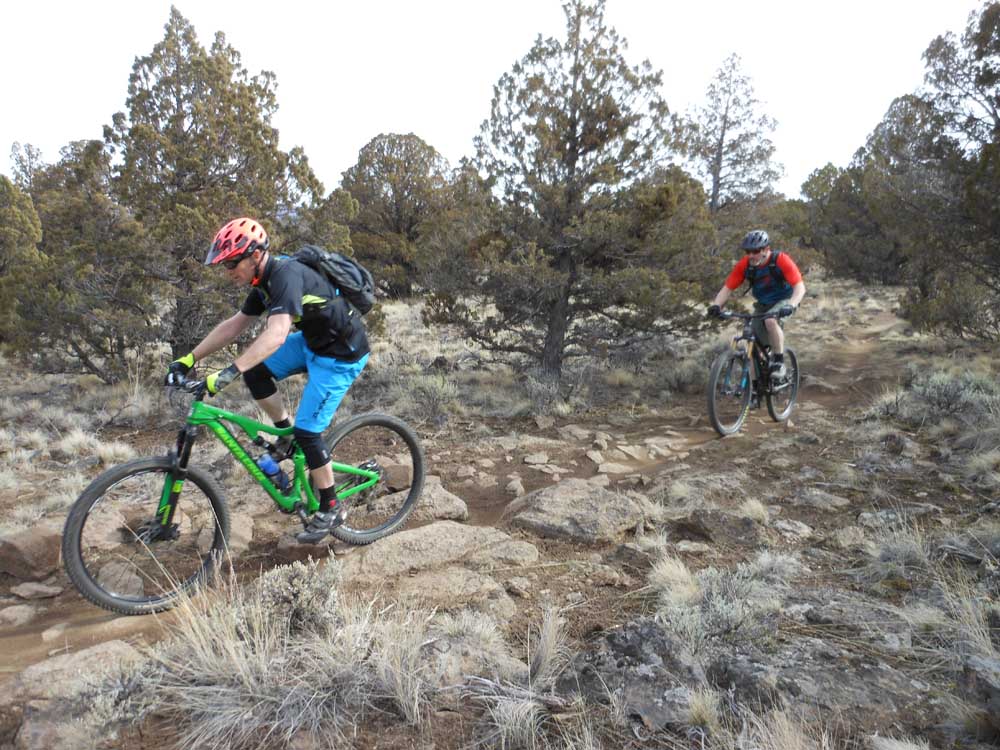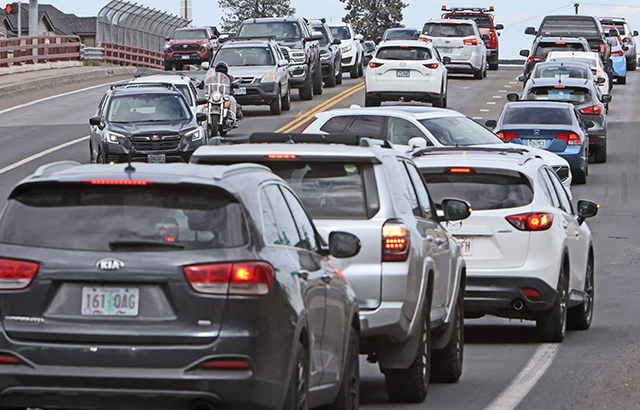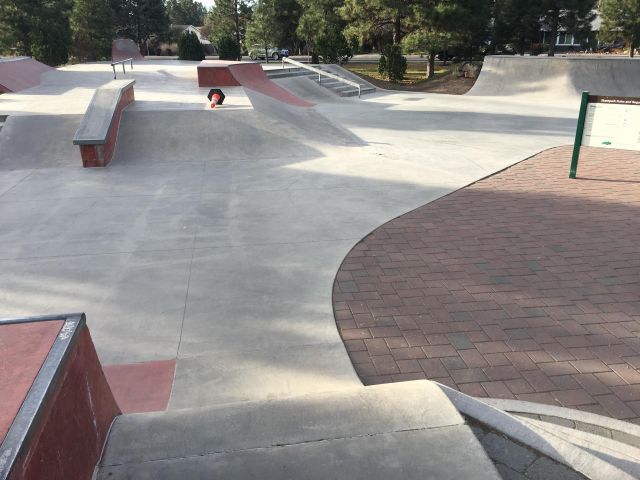Get outfitted for winter mountain biking
Published 4:45 am Friday, January 5, 2024

- Horse Ridge is a good mountain biking option during the fall and winter in Central Oregon. The trails include many rocky sections.
So far, this winter has delivered mild temperatures and a high-elevation snow line, and mountain biking has remained prime for most of it. Tacky trails and fewer people out are a local riders delight. Riding in winter, even a warm winter, can be daunting as to how to attire for a mountain bike ride. Here are my tricks learned from a few decades of riding outside year-round:
Glabrous skin
Trending
The palms of the hands, soles of the feet, face and ears have special vascular structures to lose body heat quickly in hot conditions, but they also lose heat in the cold more quickly. Knowing this, you can easily manage your body temperature when riding by paying extra attention to how these areas are covered. If you get too warm and sweat, even in moisture-wicking clothing, you will cool quickly when you stop or descend and are likely to get cold. Try riding in a thin pair of mittens with an insulated and waterproof one over it.
When you get too toasty climbing, you can take the heavy gloves off and ride in the thin mittens, then put the heavy ones back on to descend. You can also use a buff as an ear band that will cover your forehead and ears. When you start to sweat, you can pull it down around your neck or take it off. You can warm up and cool down quite a bit by managing your hands and face when riding in the cold.
Cold feet
Feet tend to get cold when riding in winter. Circulation is reduced in your feet when riding due to little weight bearing and minimal lower leg muscle contractions. If you are going to ride regularly in the winter, invest in a good pair of winter riding boots. For occasional winter rides, using a pair of over boots (insulated shoe covers) makes a big difference by keeping warmth in and water from puddles and melting snow out. Be mindful in your thick sock choice to avoid a pair that squishes your feet.
Pressure spots can further reduce blood flow to your feet, making them cold. Chemical heat packs between your sock and the foot bed of your bike shoe can help keep feet warm too. You can also swap your clipless pedals for flats in the winter and ride in winter boots. Choose a boot that has a very firm sole; flexible ones are hard to ride in and can make your feet and calves quite sore.
Invest in a vest
Trending
My dad would make me put a newspaper against my chest and under my jacket growing up to ride in winter to keep me warm. While I complained at the crinkling when I moved and make childish gagging sounds removing the slimy paper post ride, it did work. The newspaper provided wind proofing to my chest, reducing how much heat I was losing to wind. A modern solution; a windproof vest.
My go-to upper body attire is a thermal top with a windproof vest over it, and a jacket over that. My jacket can vary from breathable shell to insulated Gore-tex depending on the weather. I make sure I have a pack that my jacket can fit in so when I shed it, I don’t have to tie it around my waist. Doing that often ends up with a jacket-in-the-spokes-induced crash.
Drink up
It is important to keep hydrated when riding in winter, but keeping liquids in liquid form can be tricky. If you wear a hydration pack, try wearing it under your jacket and keeping the hose tucked in as well. If you ride with water bottles, try putting them upside down in your bottle cage. This way the ice that forms will float up, to the bottom of the bottle, keeping the nozzle ice free.
Warm water with a tasty sports drink mix in it will stay liquid longer. I once did a race in the Canadian Rockies in minus-20 temperatures. My coach had me add one mini bottle of whiskey to 2 liters of water with GU Sumit Tea-flavored Roctane in my hydration pack worn against my skin. The alcohol was diluted enough I did not get the effects of it and it prevented my water from freezing. I won that race and that I was able to stay hydrated and fueled was the deciding factor.
Obviously, this is an adult solution, and one to pocket for insanely cold days.
If you are going to make winter mountain biking a regular activity, there are a few other accessories that make it easy. Pogies, also called winter bar mitts, are neoprene sleeves that go over your bar ends that you can slip your hands into. This lets you wear a thin glove for improved dexterity shifting and breaking, you can throw a chemical heat pack in to turn them into little hand ovens, and you can even store your snacks in there, so they don’t freeze.
A pair of thermal bike tights are clutch, letting you say goodbye to thermal leg warmers slipping down. I add baggies over them if I will be riding through puddles to keep my derriere dry or downhill pants when I expect to ride through snow drifts.
Go take advantage of the amazing riding conditions. Of course, there are the usual winter areas: Maston, Cline Butte, Cascade View, Horse Ridge, Barnes Butte and Madras East Hills are riding great, but so have been lower-elevation forested areas including Peterson Ridge, Sunriver trails, La Pine State Park and Phil’s trails as high as Storm King.
Ever wonder how a trail is born?








